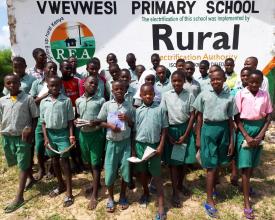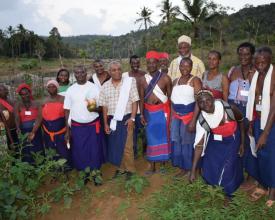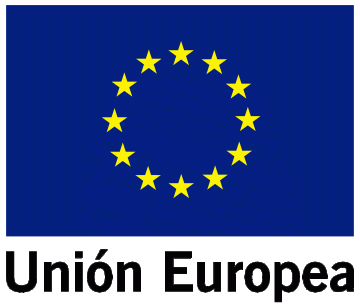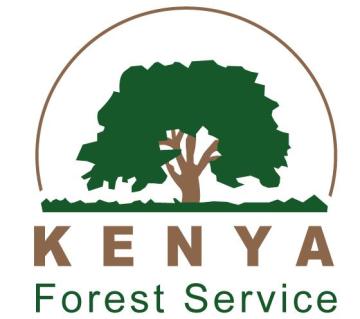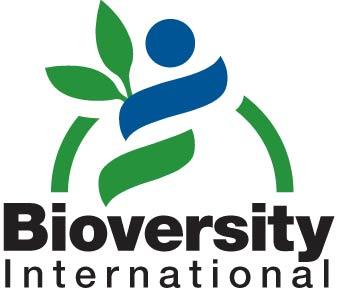
Enhancing use and conservation of food plant resources around sacred Kaya Forests of the Mijikenda people of Kilifi, Mombasa and Kwale Counties, Kenya
Snapshot Solution

Pupils participating in essay writing
Bioversity International/P. Maundu
Our work at the coast of Kenya aimed at identifying and documenting cultural practices, knowledge and skills associated with the acquisition, management and use of naturally growing plant food species; the diversity and value of naturally occurring food species; creating awareness on the cultural, environmental, economic, and nutritional values of priority naturally growing food species; and building the capacity of participating groups to sustainably use, conserve and manage food plants in and around Kaya forests for improved livelihoods. Kaya forests are the sacred forests of the Mijkenda people in Kenya.
Last update: 02 Oct 2020
3790 Views
Impacts
- There is notable increased motivation among kaya elders, local leaders and the general community (including children and the youth) to conserve the kaya forests. In additon, a database of useful kaya biodiversity has been created, and material for the Mijikenda community traditional foodways is being compiled.
- Pupils from 9 primary schools collected stories from their parents and wrote them as essays, with guidance from their teachers. About 350 essays covering subjects like history of kayas, fruit trees, vegetables and their preparations, edible wildlife and importance of kayas have been compiled. The active participation of school pupils has significantly improved their interest, attitude and understanding of the young people about the kayas.
- The communities have collected diverse seeds and shared among themselves thus enhancing agrobiodiversity.
- Apart from seeds collection, the project participants have been linked to the Kenya Forest Research Institute (KEFRI) fruit trees planting project in kaya Mudzimuvia.
Sustainable Development Goals
SDG 1 – No poverty
SDG 2 – Zero hunger
SDG 3 – Good health and well-being
SDG 5 – Gender equality
SDG 8 – Decent work and economic growth
SDG 10 – Reduced inequalities
SDG 12 – Responsible consumption and production
SDG 13 – Climate action
SDG 15 – Life on land
SDG 17 – Partnerships for the goals
Connect with contributors
Other contributors
Kenya Resource Centre for Indigenous Knowledge
National Museums of Kenya
Kenya Society of Ethnoecolology
National Museums of Kenya
